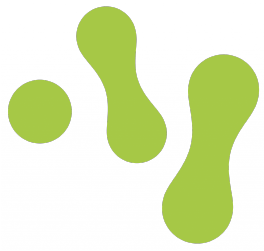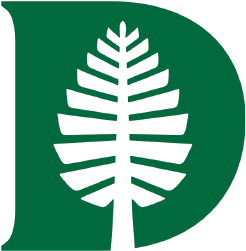| MirGeneDB ID | Lgi-Mir-2-o16 | ||||||||||||||||||||||||||||||||||||||||||||||||||||||||||||
|---|---|---|---|---|---|---|---|---|---|---|---|---|---|---|---|---|---|---|---|---|---|---|---|---|---|---|---|---|---|---|---|---|---|---|---|---|---|---|---|---|---|---|---|---|---|---|---|---|---|---|---|---|---|---|---|---|---|---|---|---|---|
| Family name | MIR-2 (all species) | ||||||||||||||||||||||||||||||||||||||||||||||||||||||||||||
| Seed | AUCACAG | ||||||||||||||||||||||||||||||||||||||||||||||||||||||||||||
| Species | Owl limpet (Lottia gigantea) | ||||||||||||||||||||||||||||||||||||||||||||||||||||||||||||
| MiRBase ID | |||||||||||||||||||||||||||||||||||||||||||||||||||||||||||||
| Paralogues | Lgi-Mir-2-o14 Lgi-Mir-2-o15 Lgi-Mir-2-o17 Lgi-Mir-2-o18 Lgi-Mir-2-o19 | ||||||||||||||||||||||||||||||||||||||||||||||||||||||||||||
| Orthologues | |||||||||||||||||||||||||||||||||||||||||||||||||||||||||||||
| Node of Origin (locus) | L. gigantea | ||||||||||||||||||||||||||||||||||||||||||||||||||||||||||||
| Node of Origin (family) | Protostomia | ||||||||||||||||||||||||||||||||||||||||||||||||||||||||||||
| Genome context (Lotgi1) |
LOTGIsca_2: 4515158-4515216 [-] Ensembl | ||||||||||||||||||||||||||||||||||||||||||||||||||||||||||||
| Clustered miRNAs (< 50kb from Mir-2-o16) |
Mir-71
LOTGIsca_2: 4515804-4515862 [-]
Ensembl
Mir-2-o14 LOTGIsca_2: 4520084-4520140 [+] Ensembl |
||||||||||||||||||||||||||||||||||||||||||||||||||||||||||||
| Precursor (pre-Mir +30nt flank) | AAUCAUAUGCCUGGAUUCAGGAAGCUGUGCUGACCAAGUGGCUGUGAACGGGUUUAUGAUUAUUCCUAUCACAGCCUGCUUGGAUCAGCAUAGACCACUGCUUUUAUCAUCUUCCCUUCGet precursor sequence | ||||||||||||||||||||||||||||||||||||||||||||||||||||||||||||
| Structure | 10 20 30 40 50 AAUCAUAUGCCUGGAUU-- GAAG - -| AC GUUUAU CAG CUGUGCUGA CCAAGU GGCUGUGA GG \ GUC GAUACGACU GGUUCG CCGACACU CC G CUUCCCUUCUACUAUUUUC ACCA A U^ AU UUAUUA 110 100 90 80 70 60 | ||||||||||||||||||||||||||||||||||||||||||||||||||||||||||||
| Deep sequencing |
| ||||||||||||||||||||||||||||||||||||||||||||||||||||||||||||
| Comment | It is not clear either from phylogenetic or syntenic information how many Mir-2 genes were present in the last common ancestor of protostomes and how the multiple paralogues in lophotrochozoans relate to the four Mir-2 genes in arthropods. Thus all lophotrochozoan genes are classified as orphans pending further data and analysis. | ||||||||||||||||||||||||||||||||||||||||||||||||||||||||||||
| 3' NTU | No | ||||||||||||||||||||||||||||||||||||||||||||||||||||||||||||
| Motifs | No | ||||||||||||||||||||||||||||||||||||||||||||||||||||||||||||
Tissue expression
|
|
||||||||||||||||||||||||||||||||||||||||||||||||||||||||||||
| Star sequence | Lgi-Mir-2-o16_5p* (predicted) |
||||||||||||||||||||||||||||||||||||||||||||||||||||||||||||
| mirBase accession | None | ||||||||||||||||||||||||||||||||||||||||||||||||||||||||||||
| Sequence |
0- UGACCAAGUGGCUGUGAACGG -21
Get sequence
|
||||||||||||||||||||||||||||||||||||||||||||||||||||||||||||
| Mature sequence | Lgi-Mir-2-o16_3p |
||||||||||||||||||||||||||||||||||||||||||||||||||||||||||||
| mirBase accession | None | ||||||||||||||||||||||||||||||||||||||||||||||||||||||||||||
| Sequence |
36- UAUCACAGCCUGCUUGGAUCAGC -59
Get sequence
|






